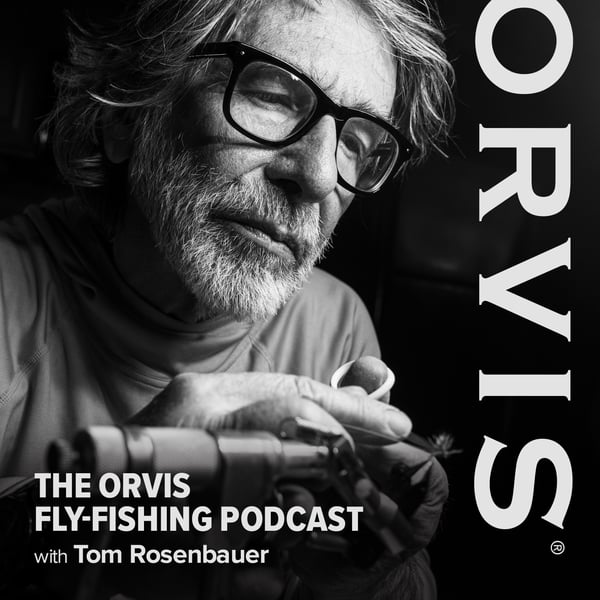Reading the Water (2 of 3)
The Orvis Fly-Fishing Podcast
James Hathaway
4.8 • 1.9K Ratings
🗓️ 24 April 2008
⏱️ 8 minutes
🧾️ Download transcript
Summary
In this, the second part of a three part series on reading the water, Tom discusses basic river hydraulics and how just knowing a few simple rules will help you a lot on the river.
Next week, Tom will teach us how to apply what we have learned in the "Reading the Water" series. Tom will discuss his approach to boulders and sweepers... what is a sweeper? Find out next week!
If you have a question or suggestion for a future installment of The Orvis Fly Fishing Guide Podcast, visit www.orvis.com/podcast.
Download the podcast directly at: http://media.libsyn.com/media/orvisffguide/OFFGP2.mp3Transcript
Click on a timestamp to play from that location
| 0:00.0 | Welcome to the Orvis Fly Fishing Guide podcast with Tom Rosenbauer, bringing you tips, tricks and techniques to help you get the most from your time on the water. |
| 0:11.6 | Here's acclaimed fly fishing author and lifelong fly fishing |
| 0:14.9 | enthusiasts Tom Rosenbauer. |
| 0:17.3 | This is part two of reading the water and the Orvis Fly Fishing Guide the last time we talked a little bit about trout and what they need to feed and how they |
| 0:26.8 | feed. |
| 0:27.8 | And now I'd like to introduce the topic of hydraulics, it's kind of a scary subject, but it's not really because you just |
| 0:36.6 | need a basic understanding of hydraulics. |
| 0:39.3 | So to start an understanding of hydraulics, imagine water flowing through a pipe and the pipe is maybe 45 degrees, |
| 0:46.0 | angling downhill. |
| 0:48.0 | And the water flowing through that pipe, it looks like the flow is linear. |
| 0:52.0 | It looks like it's all going at the same speed but actually depending on the |
| 0:56.7 | the roughness of the surface of that pipe |
| 1:00.4 | There is a there's a boundary of slower water right along the edges of the pipe. |
| 1:05.0 | If the pipe is smooth, the boundary is microscopic. |
| 1:08.0 | If the surface of the inside surface of the pipe is really rough, then there might be quite a bit bigger |
| 1:15.2 | boundary around the edge of the pipe. |
| 1:17.4 | And that's what happens in a trout stream. |
| 1:19.8 | Trout can't live in a pool or a piece of water with a perfectly smooth bottom because they would |
| 1:28.0 | exhaust themselves trying to swim against the current. |
| 1:31.9 | What they do is they use a little bit of a protected |
| 1:34.4 | piece of water and lie in that and then dart into the faster water or kind of |
| 1:40.5 | slide into the faster water, |
... |
Please login to see the full transcript.
Disclaimer: The podcast and artwork embedded on this page are from James Hathaway, and are the property of its owner and not affiliated with or endorsed by Tapesearch.
Generated transcripts are the property of James Hathaway and are distributed freely under the Fair Use doctrine. Transcripts generated by Tapesearch are not guaranteed to be accurate.
Copyright © Tapesearch 2025.

